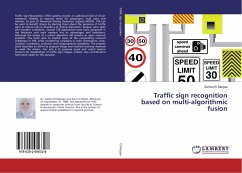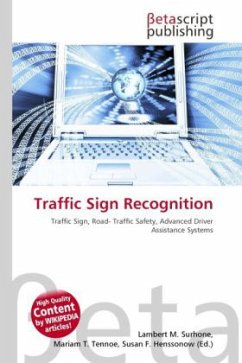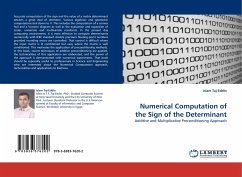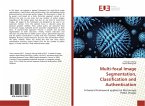Traffic Sign Recognition (TSR) systems provide an additional level of driver assistance, leading to improve safety for passengers, road users and vehicles. As part of Advanced Driving Assistance Systems (ADAS), TSR can be used to benefit drivers by alerting them about the presence of traffic signs to reduce risks in situations of driving distraction, fatigue, poor sight and weather conditions. Several TSR approaches have been proposed in the literature and each method has its advantages and limitations. Although the design of a robust algorithm still remains an open research problem. This book aims to resolve some of the outstanding research challenges in TSR, while considering variations in color illumination, scale, rotation, translation, occlusion and computational complexity. The present book describes an effort to propose image and machine learning methods to assist the drivers. Our aim is to propose novel and useful texture features for classification of traffic sign images. Indeed, two contributions have been made for this purpose.








